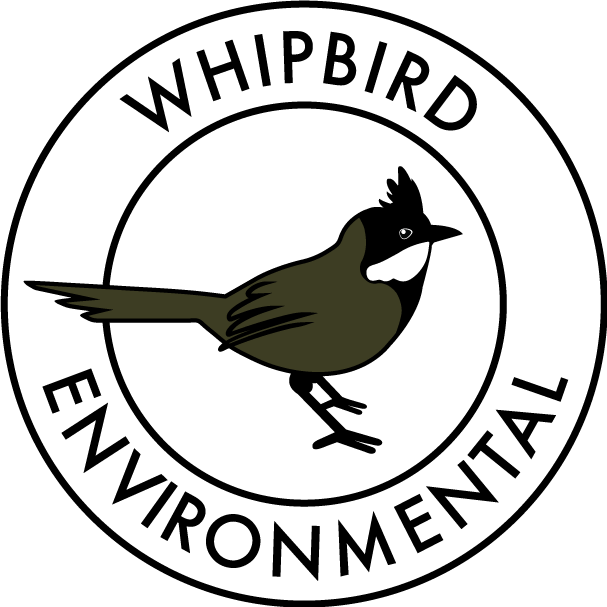Echinopogon ovatus (Forest Hedgehog Grass or Echidna Grass) Australian Native Plant Profile
Echinopogon ovatus (Forest Hedgehog Grass) by Jeff Harbrow
Description
Echinopogon ovatus is commonly known as Hedgehog Grass or Button Grass, though here at Whipbird Environmental we like to refer to it as Echidna Grass. With densely compacted, stiff egg-shaped flower clusters the bristly lemmas give each cluster an echidna (or Hedgehog) like appearance. Echinopogon ovatus grows in low tussocks 20-30 cm in height with seed heads reaching typically extended just above the tussocks although they can reach up to 1m in height depending on conditions.
Growing Conditions
Echinopogon ovatus prefers well-draining soils in wet or moist areas, such as swamps, bogs, and waterlogged sites. It is also tolerant of both acidic and alkaline soils, as well as moderate frost and full sun exposure. Echidna grass is often found growing in damp areas beside walking tracks in our region.
Habitat Value
Echinopogon ovatus is an important habitat plant, particularly for native wildlife such as small birds, butterflies and moths. The foliage of the plant provides an important food source for the caterpillars of some butterfly and moth species. Additionally, grasshoppers, crickets, and beetles use the plant for shelter and as a food source, particularly the seeds.
It is commonly used as a food source for various bird species, while its thick root systems help to stabilize wetland ecosystems and prevent soil erosion.
Uses
In environmental restoration projects Echinopong ovatus is an excellent plant to help stabilize steep banks and restore degraded ecosystems. Its tolerance of wetter areas and shade make it a great choice for those challenging areas of the site. It’s extremely useful in understory restoration works and biodiversity boosting plantings.
In garden settings, Echinopogon ovatus can be used as an attractive ornamental grass species due to its delicate egg-shaped bristly seed heads and low-maintenance requirements. It is a fantastic addition to habitat gardens providing shelter and a food source for insects and small birds. You can also use Echinopogon in damp shady areas of the garden or include it in a native meadow or wild part of the garden for additional texture and diversity.
Propagation
Propagation of Echinopogon ovatus can be achieved through both seed and vegetative propagation methods. It germinates readily from seed and can be sown directly into tubestock pots, hiko trays or raised in module trays and potted on into tubes or small pots when ready. Seeds can also be sown directly into the soil, while vegetative propagation can be done by dividing the clumps of established plants.
It is important to note that Echinopogon ovatus can take several years to establish from direct seeding methods, so the use of seed raised tubestock may be a faster method for establishing a population of plants for large-scale planting projects. Plants used for natural areas restoration should, ideally, be grown from seed.
You might also like:
Microlaena stipoides (Weeping Meadow Grass)
Should you Fertilise Australian Native Plants? Australian Native Plant Myths 2
Check out our monthly seed subscription if you want to start a garden but are not sure where to start!
Further Reading
https://www.castlemaineflora.org.au/pic/e/echin/ecova.htm
https://plantnet.rbgsyd.nsw.gov.au/cgi-bin/NSWfl.pl?page=nswfl&lvl=sp&name=Echinopogon%7Eovatus
https://vicflora.rbg.vic.gov.au/flora/taxon/7f391b83-b7f5-4f90-a853-19b52dc73e7c
https://finder.growingillawarranatives.org/plants/plant/195

